by Advait Copyright 2020, Advait. All rights reserved.
Introduction

The creature you see above is not a jelly fish or a coral, it is called a Sea Squirt. Science broadly classifies it under the phyllum 'Chordata', i.e, creatures with a spinal chord. (We humans, technically called as homo sapiens are also classified under the same viz, phyllum Chordata.) A Sea Squirt hatchling, fresh out of its egg has a spinal chord, a brain and eyes. it swims around the sea bed until it finds a suitable place with abundance of food particles, and then it attaches itself to a rock.
Once attached, it remains in the same place for the rest of its life. Essentially, in no need of movement now that it has attached itself to a rock, can you guess, what is the first thing it does??? The Sea Squirt eats its own brain. That's nature for you, the organ that is no longer required, shrinks to oblivion, the vestigial appendix in humans is an excellent example Modern lifestyle: Now lets look at our modern day life; We get up in a hurry, get ready for work and travel to work by our car or by public transport. Once in the office we spend more than 8 hours, sitting in front of our computers, clicking away merrily. Then we commute back to home. Eat.
Sleep and Repeat... Owing to this type of sedentary modern lifestyle, we are falling prey to ailments like obesity, diabetes and most alarmingly to brain shrinkage. Physical inactivity coupled with unhealthy food habits and toxic levels of work related stress, is literally eroding at our brain cells. Add to that the natural phenomenon of brain shrinkage owing to old age, and we are looking at extreme loss of cognitive ability and an exponentially increased risk of early onset dementia. Many recent studies have shown that in older adults there is up to 2% loss in brain's hippocampal volume every year!!!! Hippocampus is the area of your brain essential for cognitive functions and mental health. But, there is some really good news!!! The older scientific belief that you cannot regenerate your brain cells once they are lost is recently being disproved.
Multiple studies done in the past couple of decades have shown that we can regenerate neurons in our brain. But, there is a caveat; the key to regenerate your neurons is not in a pill that you can take 3 times a day. Do you want to know the secret??? Here it is.... Aerobic Complex Physical Activity. But How? How does it work, actually? you may ask, so here is a little brain science for you. Don't worry, I wont bore you with too much technical stuff, I will try to keep to short and simple.
Having a efficiently functioning, full sized brain depends upon, preserving your existing neurons and stimulating your brain stem cells to convert into neurons that build new connections and synapses. Your brain is the command center for your entire body, including your brain itself. The Hippocampus area of the brain, produces a certain type of protein, called as 'brain derived neurotropic factor' (BDNF) , this protein essentially is the fertilizer for brain growth. When brain food (pure glucose) and oxygen are carried through your blood stream to your brain, in the presence of BDNF, your brain achieves neural growth. BDNF is so effective that in the investigation phase, the researchers simply sprinkled some BDNF onto a set of neurons in a petri dish and to their surprise the cells automatically sprouted branches for building new synapses. So, with a proper and adequate production of BDNF, you will be able to maintain a very healthy brain.
When researchers studied the stimulus for BDNF production in brains of mice, it was...... exercise!!! And, to their surprise the mice which simply ran on a cage-bound hamster wheel had lesser secretion of BDNF than the mice that underwent complex movements like finding food in a maze, walking on ropes to get their food etc. that too in a much open environment. Aerobic Physical Activity: That leads us, to the importance of complex physical activity in oxygen rich environment; But before that, we'll have to familiarize ourselves with a few abbreviations; IGF-1 (insulin-like growth factor), VEGF (vascular endothelial growth factor) and All the above are hormones essential for optimum brain health and are secreted by endocrine glands in our body. This means, healthy endocrine glands ->> proper hormonal secretion ->> healthy brain. Let's get to know them better; IGF-1: IGF-1 is basically brain insulin, the way insulin works for the rest of the body, IGF-1 works for the brain.
Our pancreas secrete insulin, which acts as a key to open the door of our body cells for intake of glucose (sugars) that come from the digestion of carbohydrates that we eat. In similar fashion, IGF-1 is the brain insulin that enables our brain cells to consume its food i.e. glucose, for sustaining itself and growth. This means, have sufficient supply of IGF-1 to your brain and it never goes hungry, thus keeping you fresh, perked up and fatigue free all the time. VEGF: All the essential nutrients, food and oxygen are provided all over the body through our blood vessels, including to our brain. But, our blood also carries toxins, sometimes parasites and bacteria too.
Due to this possibility of an infection, the brain is not directly connected with a major blood vessel; rather the blood vessel reaches the brain and then splits into numerous small capillaries that are so small that the toxins and bacteria cannot pass through them and they act as a natural physical filtration system that provides clean blood to our brain. The formation of these micro capillaries is controlled by VEGF. So when there is abundance of BDNF, growth is triggered and the brain requires more food i.e glucose and Oxygen for regenerating the brain cells, that it gets by creating new blood capillaries using the VEGF and thus increasing the blood (glucose + Oxygen) intake. So moral of the story; To achieve neurogrowth and maintain cognitive fitness, one needs to perform such activity that stimulates the secretion of BDNF, maintains the health of endocrine glands, thus having adequate secretion of essential hormones and make sure to undertake deliberate breathing patterns to ensure a high amount of dissolved oxygen in his/her blood stream. The Best activity to achieve this, Yogic exercises ....hands down. Here is a link to a recent study showing how Yogic exercises are beneficial for brain growth and health.
Link: https://content.iospress.com/articles/brain-plasticity/bpl190084 Here is a screenshot of their conclusion: 
How to use the techniques you will learn in this book?
I will teach you 15 Yogic techniques in this book, they comprise of Mudras (simple hand gestures), Pranayama (Regulated breathing methods) and Yoga Asana (yoga postures). I will also say this; you cannot expect to perform these exercises one time and then expect to have a supercharged brain forever. These techniques are essentially micro-exercises, which will work wonders for you when you include them in your daily routine and cultivate them as habits. Based on the experiences of my clients and students, techniques #2, #9, #14 and #15 are the four most effective techniques. Hence, practice those 4 techniques daily, and then pick and choose any 2-3 other techniques to go with them, so that you go through all the techniques at least once a week. (Practice the techniques twice per day, once in the morning and then in the evening.) Maintain your practice for 4 weeks and then you will find out by experience that a few techniques work really well for you more than the others.

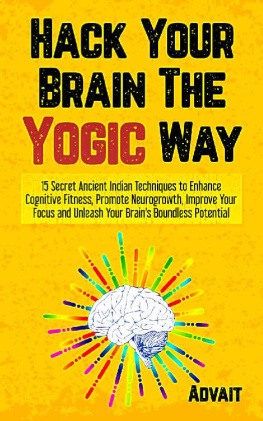





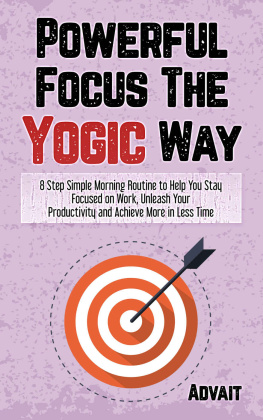



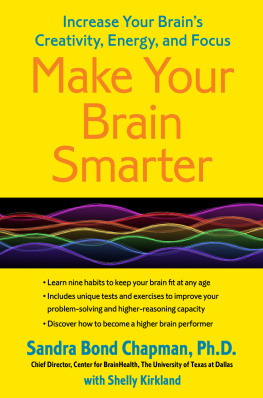
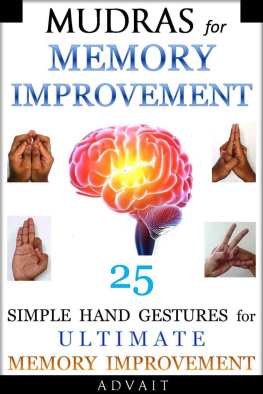
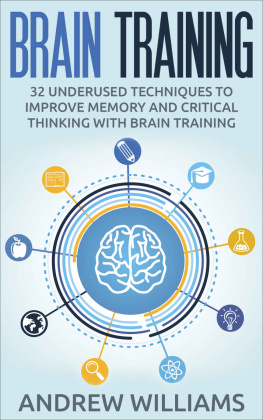

 The creature you see above is not a jelly fish or a coral, it is called a Sea Squirt. Science broadly classifies it under the phyllum 'Chordata', i.e, creatures with a spinal chord. (We humans, technically called as homo sapiens are also classified under the same viz, phyllum Chordata.) A Sea Squirt hatchling, fresh out of its egg has a spinal chord, a brain and eyes. it swims around the sea bed until it finds a suitable place with abundance of food particles, and then it attaches itself to a rock.
The creature you see above is not a jelly fish or a coral, it is called a Sea Squirt. Science broadly classifies it under the phyllum 'Chordata', i.e, creatures with a spinal chord. (We humans, technically called as homo sapiens are also classified under the same viz, phyllum Chordata.) A Sea Squirt hatchling, fresh out of its egg has a spinal chord, a brain and eyes. it swims around the sea bed until it finds a suitable place with abundance of food particles, and then it attaches itself to a rock. 